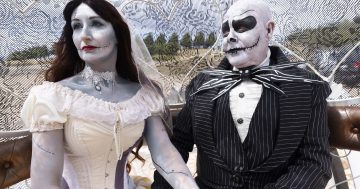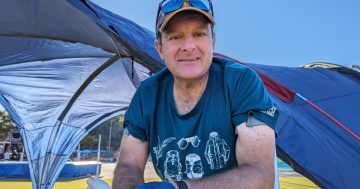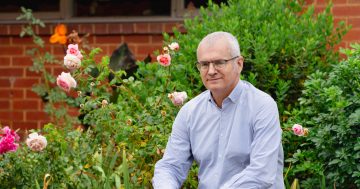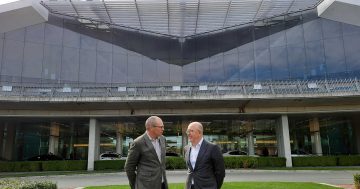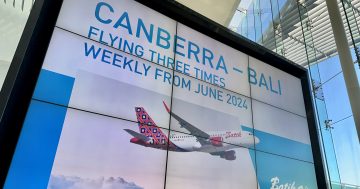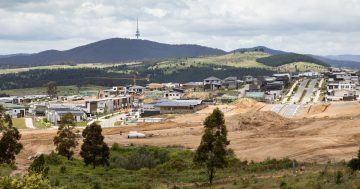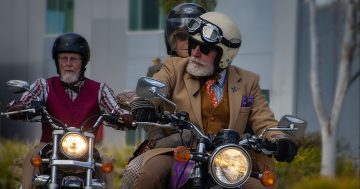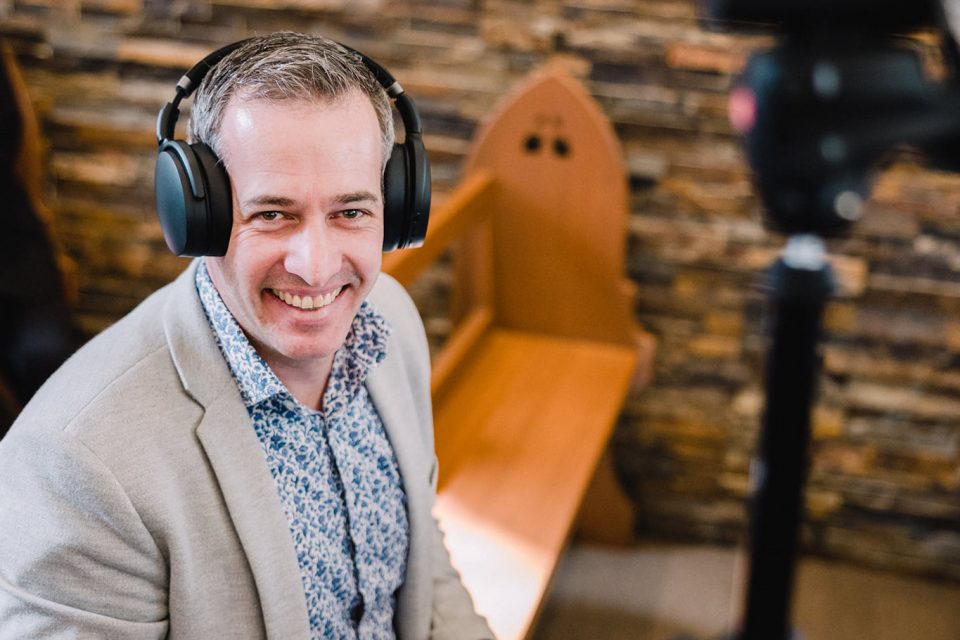
Michael Conlin says livestreaming weddings could become the standard long after COVID-19 restrictions are lifted. Photo: Mel Hill Photography.
A Canberra wedding photographer says livestreaming people’s happy day is the way of the future, and COVID-19 lockdowns could be just the right push for other industries to follow, too.
With guest numbers capped, travel bans and border closures in effect, it’s a wonder anyone would want to go ahead with a wedding right now.
But Michael Conlin from Mel Hill Photography says livestreaming is just the answer, and the technology could help other industries, such as funeral services.
In January 2021, Michael offered livestreaming to a couple who still wanted to get married, but were struggling with the compromises COVID-19 restrictions at the time presented.
“They couldn’t have all the people they wanted there,” he says.
“[Then] I could see the look on their face change and suddenly they started really looking forward to their wedding again.”
Michael says it’s a struggle that’s all too real for couples, even when there aren’t lockdowns in place.
“A lot of people when considering a guest list for their wedding have to balance financial means against how close these people are to them,” he says.
“I think livestreaming affords that circle of people to include in their wedding to be a lot larger without a lot of extra expense.”
Michael noticed a trend towards smaller weddings several years ago.
He took the opportunity to partner with a local celebrant to create Canberra Small Weddings, which caters to ceremonies of 30 people and under.
They found it suited couples wanting the day to be more intimate, to save money, on second marriages, eloping or those just wanting something a bit different.
“COVID-19 came along and weddings were forced to be small,” says Michael.
“[We had] a product that was off the shelf so to speak, ready to go for COVID-19 weddings where they had to be small.”
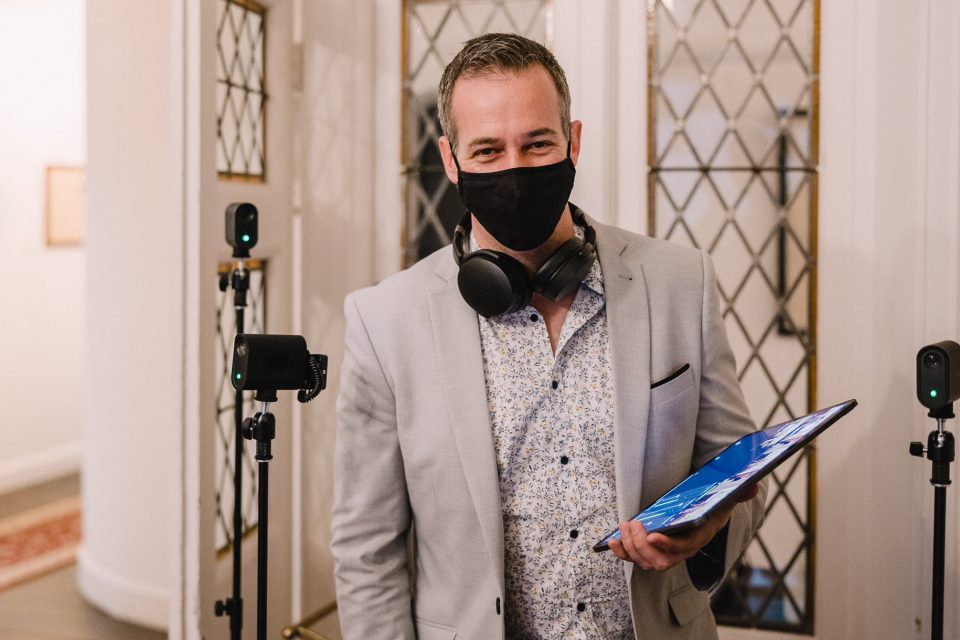
The livestreaming set-up involves three cameras, good microphones, a tablet and reliable internet connection. Photo: Mel Hill Photography.
Michael had been looking at livestreaming for some time, but hadn’t yet got it off the ground.
“[At weddings] I would observe people trying to livestream and not doing it very well,” he says.
“I thought with my interest in gadgets and technology I might be able to really polish this up a bit and improve the experience.”
Michael’s livestreaming involves three small, high-quality video cameras, microphones either close to the action or clipped onto the couple, and a high-speed 5G wireless hotspot.
While the cameras capture the emotion and loving looks on the happy couple’s faces, he says good audio is key.
“The biggest difference is that with some DIY video streaming options, you might struggle to hear the vows,” he says.
“Or if there’s wind buffeting the mic, that can make for a really painful viewing experience.”
Michael has livestreamed a dozen weddings since January, and says more people are embracing the technology as a viable alternative.
“It’s definitely a way to take a brave step forward and get married in what is a rather compromised time,” he says.
“Giving people the opportunity to dial in and attend a livestreamed wedding actually gives people who are in lockdown something to look forward to on that day.
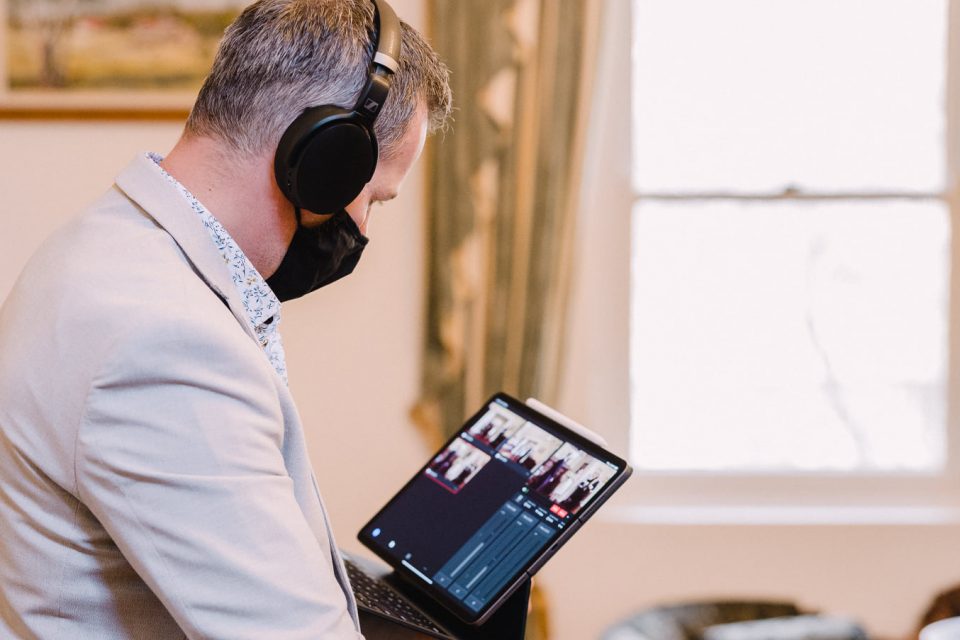
Livestreaming weddings not only helps the big day to still go ahead, it gives guests who can’t make it something to look forward to. Photo: Mel Hill Photography.
“I think going forward [livestreaming] will still be in demand once travel and greater numbers at an event can proceed.”
Michael thinks the technology could spread to other industries, such as funerals.
“It means that on short notice people don’t need to travel to the other side of the world and incur great expense to attend a burial or memorial service,” he says.
“It also means frail, elderly people can stay in a safe environment.”
For now though, livestreaming is an ingenious way for Michael to adapt his business to difficult times.
“It’s probably one of the only things that’s allowing me to leave home at the moment,” he says.












